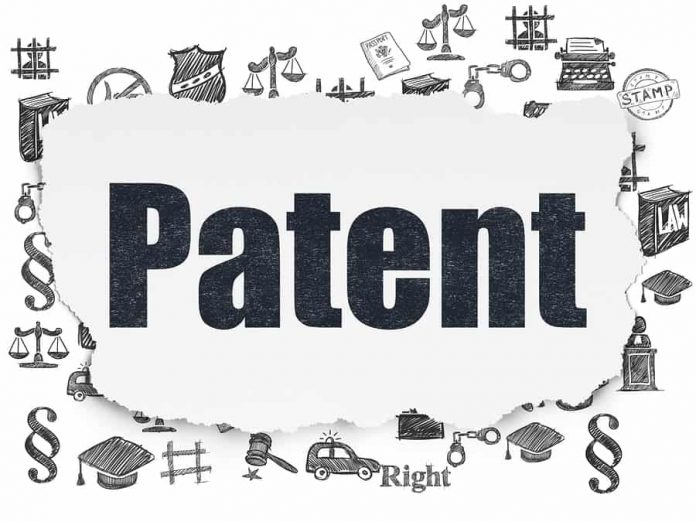

This article is written by Monesh Mehndiratta, a law student at Graphic Era Hill University, Dehradun. The article explains the meaning and object of patents. It describes the criteria used to grant patents, how to obtain patents, and grounds for opposition.
Table of Contents
The scope of intellectual property is increasing and expanding with time and technology. It covers patents, copyrights, trademarks, industrial designs, etc., within its ambit. Whenever anyone creates a new idea, invention, or technology, he/she tries to seek protection and rights under the umbrella of intellectual property. The law relating to patents covers the concepts of novelty, uniqueness, and usefulness. In India, it is governed by the Patents Act, 1970, which has further been amended by the Patents (Amendment) Act, 2002, and the Patents (Amendment) Act, 2005.
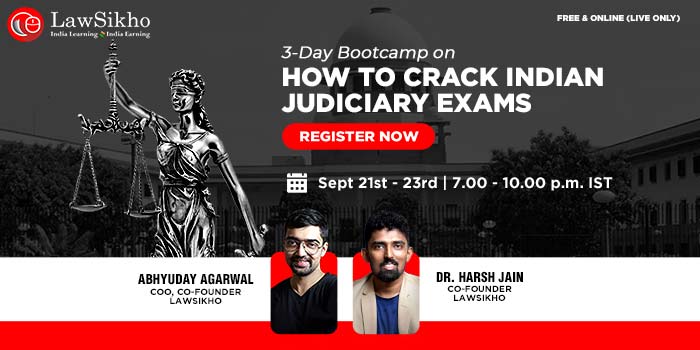
A patent is a form of industrial property and is now included in the ambit of intellectual property. It is an exclusive right that is granted to a person for inventing a new and useful article or if he/she makes an improvement to an existing article and devises a new process or technology to manufacture the articles and products. In order to get a patent for an invention, it has to pass the test of:
The article explains the meaning, objectives, terms, and advantages of a patent and the test an invention has to undergo in India to get a patent.
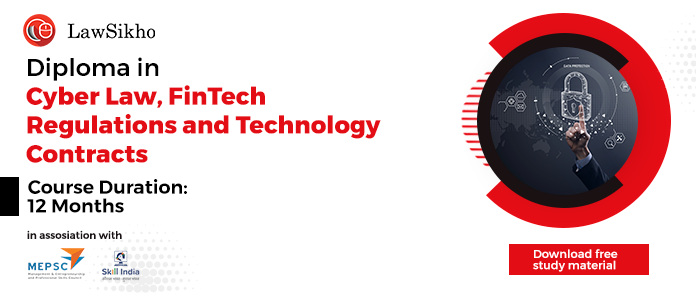
The term ‘patent’ originated from the term ‘letter patent’ which means open letters. These instruments or letters under the great seal of the King of England were addressed by the Crown in which certain rights and privileges were conferred on one or more individuals. In the 19th century, new inventions were made in the fields of art, manufacturing, machinery, products, apparatuses, etc., and they were cautious about such inventions being used by someone else. The then British rulers, in order to protect the inventions from being used by someone else illegally, enacted the Indian Patents and Design Act, 1911.
With the advancement of time, there was a need for a comprehensive law that exclusively dealt with patents, rights of the patentee, and other requirements of a patent to prevent prejudice and promote trade and industrial development. Thus, the Patents Act was passed in 1970, and ‘patent’ acquired a statutory meaning in the country. It means granting some privileges, rights and authorities made by the sovereign for a new and useful invention of an article or technology to manufacture new or existing articles.
An invention is a creation of intellect that is applied to capital and labour in order to produce a new and useful product. Such creations become the exclusive property of the person who invented them and are called intellectual property. Rights conferred upon the inventor are known as ‘intellectual property rights’. In the case of a patent, the owner is called the patentee and he is entitled to all the rights and obligations for his creation or invention in the same manner as the owner of any other movable property has in his/her property.
The object of the patent is to encourage people to invent new technologies and develop the industry. The granting of patents gives exclusive rights to the patentee in his intellectual property and helps in technical progress in the following ways:
In Bishwanath Prasad Radhey Shyam v. Hindustan Metal Industries (1979), the Hon’ble Supreme Court explained the objective of a patent. The object is to encourage scientific research, new technology, and the progress and development of industries. It stated that the purpose of an invention is to protect and promote fair competition in technology in order to transform the creations into productive forces. It was observed that the foremost principle of the patent law is to grant a patent only for an invention that is new and useful, i.e., novelty and utility, respectively.
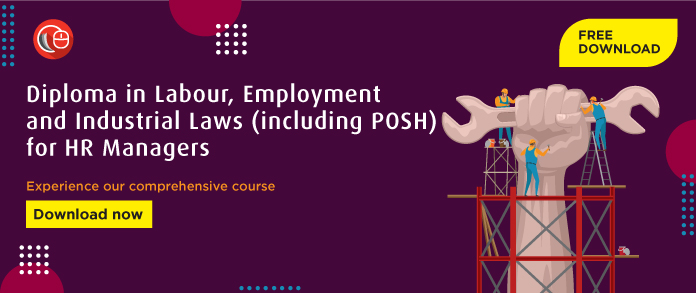
According to the patent laws, six types of patent applications are granted in India. These are:
This application is made when the owner or the applicant does not want to claim any priority over the previously filed application and no previous application has been made in this regard. It is also called a non-provisional application and must contain the details of the invention at length.
This application is filed when the applicant wants to claim a priority date over a similar application filed in any convention country. The applicant must file an application within a year in the Indian Patents Office after filing a similar application in the convention country.
If an applicant wants to get his invention patented in different countries, he must file this application. It is governed by the Patent Cooperation Treaty and can initiate the process of patenting in multiple countries at once.
This application is filed in a country where the invention is to be patented. It must be filed within 30 or 31 months of the priority date or date of filing an international application.
This application is filed if the applicant wants to make any changes to the already patented invention. Hence, no separate fees are to be paid.

If the applicant wants to divide an application into two or more for the purpose of claiming more than one application, he must file a divisional application. The priority date of a divisional patent and a normal patent is the same.
The term of patent in India was 14 years earlier, except in the cases of food and drugs, for which it was 5 years from the date of sealing and 7 years if the patent had been granted then from the date of the patent. However, since the Patents (Amendment) Act of 2002, the term of patents has been increased to 20 years (Section 53).
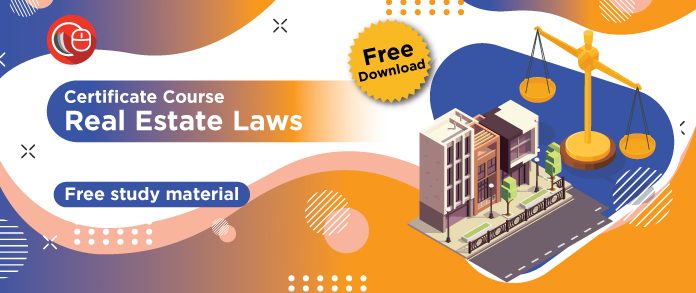
A patent provides certain definite advantages to the inventor, but it is not compulsory to get the invention patented. An inventor can keep his invention secret as long as possible, but his idea or creation may probably be used by anyone, especially in cases of machines and technology. On the other hand, obtaining a patent for an invention gives many rights and advantages to the inventor. As we know every coin has two sides, and so does the patent. It has several advantages but does not lack disadvantages as well.
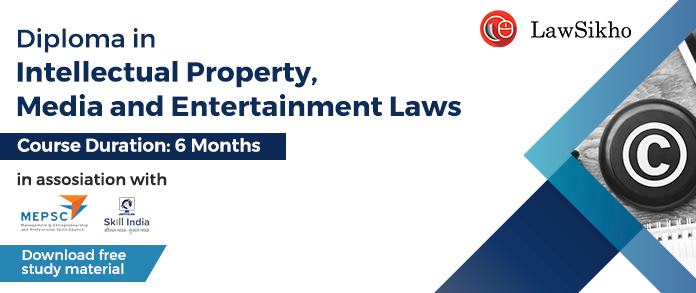
Every invention has to pass various tests and fall under the category of inventions that can be patented in India. The 3 main tests are novelty, non-obviousness and utility. There are certain requirements that need to be fulfilled in order to get a patent for an invention.
To get a product patented, it has to fulfil the following requirements, which also serve as the principles of patent law in India. These are:
The following criteria determine what can be patented in India:
The invention must be new and not similar to any other inventions or existing products. According to Section 2(l) of the Patents (Amendment) Act, 2005 ‘new invention’ means an invention that has not been anticipated by prior publication and does not fall into the public domain. There must be no prior publication of the invention. However, a mere discovery does not amount to an invention. The two criteria for granting patents, i.e., novelty and utility, were recognized as important in the case of Bishwanath Prasad Radhey Shyam v. Hindustan Metal Industries (1979). It was observed in the case of Gopal Glass Works Ltd. v. Assistant Controller of Patents (2005), that for an invention to be patented it must be new and original. Novelty in itself is not a complete criterion. The product or invention must be sufficiently original as well.
According to Section 2(1)(j) of the Indian Patents Act, 1970, any product or process that involves an inventive step and is capable of being used in the industry is called an invention. This definition makes it clear that the invention must have an inventive step and it must not be known to any skilled person in that particular field. Section 2(1) (ja) of the Act defines ‘inventive step’. The concept of inventive step was introduced in India in the case of Bishwanath Prasad Radhey Shyam v. Hindustan Metal Industries (1979). It also reiterated the four tests of obviousness. These are:
This is another important criterion for granting patents. An invention must be useful and have an industrial application besides being new and non-obvious. In the case of Cipla Ltd. v. F Hoffmann-La Roche Ltd. (2015), the Court observed that according to the definitions of ‘invention’ and ‘capable of industrial application’ under the Act, an invention must have a commercial use so that it can be utilized in the industries. In the case of Indian Vacuum Brake Co. Ltd. E.S. Luard (1925), the Court observed that the term ‘utility’ has not been used in an abstract sense in the Act. In order to qualify for a patent, an invention must have some utility. Mere usefulness is not enough.
Sections 3 and 4 of the Indian Patents Act of 1970 provide the list of inventions that are not patentable. These are:
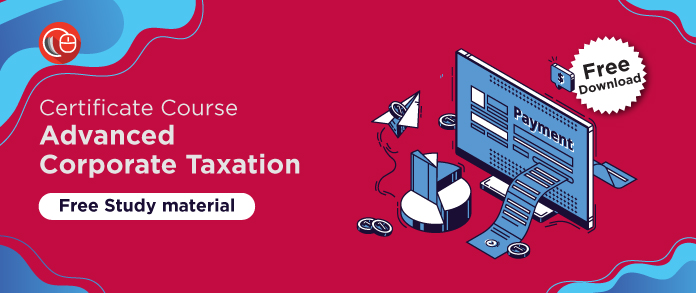
Section 25 of the 1970 Act, provides the grounds on which an application for a patent may be opposed by a person interested in patents. The grounds are:
In order to oppose the application of patents, the invention must have been obtained wrongfully from the opponent. When the invention has been obtained from the opponent, the novelty has to be considered in the light of prior specifications and patents. If there is any prior public prior, there can be no remedy for the opponent.
This is another ground of opposition to the application of patents. Publication must be such that the people to whom the information has been given are free to use it in whichever manner they please. To satisfy this ground of opposition, a publication must be made before the priority date claimed in the application. Such a prior document of prior publication must contain information about the invention of the patentee.
If the invention for which an application for a patent was made had been publicly used before the priority date of the claim, then it is a sufficient ground for opposition. It must be a public use rather than a secret use. When the prior use was unintentional but fortuitous, then this ground for the opposition could not be established.
The inventive step, or non-obviousness is one of the requirements of patentable inventions. However, if any invention is obvious and does not include any inventive step, then the application of the patent can be opposed. The controller of the patents will only refuse the application on this ground when it is unambiguous. In case of doubt or ambiguity. He may allow the grant and refer it to be handled by the High Court.
If any invention for which an application is made falls under the list of non-patentable inventions, then the application will not be allowed by the controller.
It is necessary to describe the particulars of the invention clearly and sufficiently. If the applicant does not describe the invention properly in the specification, his application will be refused. When the claims or description of the invention is inconsistent and insufficient, the application will not be allowed by the controller if he is satisfied that there is an insufficient description of the invention.
If the applicant has made any application for the same invention in any other foreign country, he is bound to disclose the particulars to the controller. If he fails to do so, his application will be opposed.
A convention application has to be filed within 12 months from the date of the first application in order to protect the invention made in a convention country. This helps the applicant to get the same priority as he gets in the convention country. Failure to provide the application within a reasonable time will result in the application being refused. A convention country, as declared by the Central Government, gives privileges to Indian citizens with respect to patent applications provided that the same privileges are given to citizens of such a country in India.
Every country has its own list of conditions that are necessary to obtain a patent. There can be no universal list of requirements in this regard, but WIPO provides some important conditions that must be fulfilled in order to obtain a patent. These are:
A patent protects an invention, the creation of a product, or the process for manufacturing an existing product with new technologies. The process of obtaining a patent is different in different countries.
A patent certificate can be obtained in the UK in 3-5 years and the term of such a patent is 20 years. The fee for the patent application must be paid within 4 months of the application to the European Patent Office (EPO). The following are the steps to obtaining a patent in the UK:
A patent in the USA is issued for 20 years. A patent certificate is issued within 32 months of filing an application to obtain a patent. The procedure to obtain a patent is as follows:
Patents in China are issued for 20 years, and the fee is to be paid at the time of registration of application. It takes 3 years to obtain a patent in China.
Patents in Japan are issued for 20 years, and it takes 22 months to obtain a patent certificate. The fee for the patent is to be paid within 30 days of the notice of allowance.
This case is related to a controversy of unauthorised use of patented technology by Bajaj auto by TVS Motors, and they tried to seek an injunction against the defendants. The court in this case tried to apply the doctrine of pith and marrow to see whether there was an actual infringement of patented technology or not.
Whether the defendants have infringed the technology that was already patented?
The Supreme Court, while deciding the case, gave some guidelines to be followed in every IPR case. The following were the guidelines:
The Madras High Court then finally gave judgment that Bajaj Auto does have a patent over DTS-i technology and the defendants, TVS Motors, cannot use it. If they do, they have to face the consequences for infringing a patent.
In this case, a company called Novartis applied to obtain a patent for a drug named ‘Gleevec’ but the application was rejected by the Patents Controller and the Indian Patents Office. All the rejections were challenged and opposed by the company in the Supreme Court.
Whether the application to obtain the patent for ‘Gleevec’ could be rejected or not, and whether the reasons for rejection were justified.
The Supreme Court in this case held that the drug was a result of some modifications to an already existing drug in the market, which is even used by people. It did not fulfil the requirement of novelty nor proved therapeutic efficacy according to Section 3(d) of the Patents Act, 1970. Thus, a mere discovery or modification to an existing product can not be patented.
The plaintiff filed a suit against the defendants for infringing upon a patented technology used by the plaintiffs in their DVDs. The defendants, on the other hand, opposed the allegations, saying that there had been no infringement on their part.
Whether there has been any infringement of patents on the part of defendants?
The Court in this case observed that the defendants used EFM and technology of demodulation in their products, which was used by the plaintiffs in DVDs and was patented. This amounted to an infringement of the plaintiff’s patent on technology used in DVDs. The Court held the defendants liable and ordered them to pay an amount of Rs 5 lakhs as compensation to the plaintiffs.
Any creation, invention, idea or artistic work which is a result of the intellect of any person falls within the ambit of intellectual property and the rights conferred upon such person for his creation, work, idea or invention are known as intellectual property rights. Patents are a kind of intellectual property. Any invention that results in the production of a new product or service or the manufacturing of an already existing product through new means and technology can be patentable provided that it does not fall into the list of non-patentable inventions. Patents in India are governed by the Indian Patents Act, 1970, which has been amended twice in 2002 and 2005, respectively. There are certain essentials of patents that have to be fulfilled in order to get a patent for an invention. The 3 essential requirements are novelty or newness, utility or usefulness (capability of industrial application) and non-obviousness. However, there are certain grounds on which the application for the patents can be refused. These grounds have been described above in the article.
The procedure to obtain patents in India involves the following steps:
Section 6 of the Act provides that the application can be made by:
According to Section 50 of the Act, if the patent is granted to two or more persons, each patentee will be entitled to an equal undivided share in the patent only if there is no agreement in this respect among the patentees. They are entitled to enjoy the rights and obligations of the patentee but neither a licence can be given to any other person nor can it be assigned without the consent of all the patentees.
Yes, all the information of any invention for which an application for patent has been made is kept safe and away from the access of any person up to 18 months from the date of such application or priority date. Once the information is published in the official journal of the patent office after 18 months, any person can inspect or scrutinize the documents of the invention after the payment of the required fees.
Students of Lawsikho courses regularly produce writing assignments and work on practical exercises as a part of their coursework and develop themselves in real-life practical skills.
LawSikho has created a telegram group for exchanging legal knowledge, referrals, and various opportunities. You can click on this link and join:
Follow us on Instagram and subscribe to our YouTube channel for more amazing legal content.